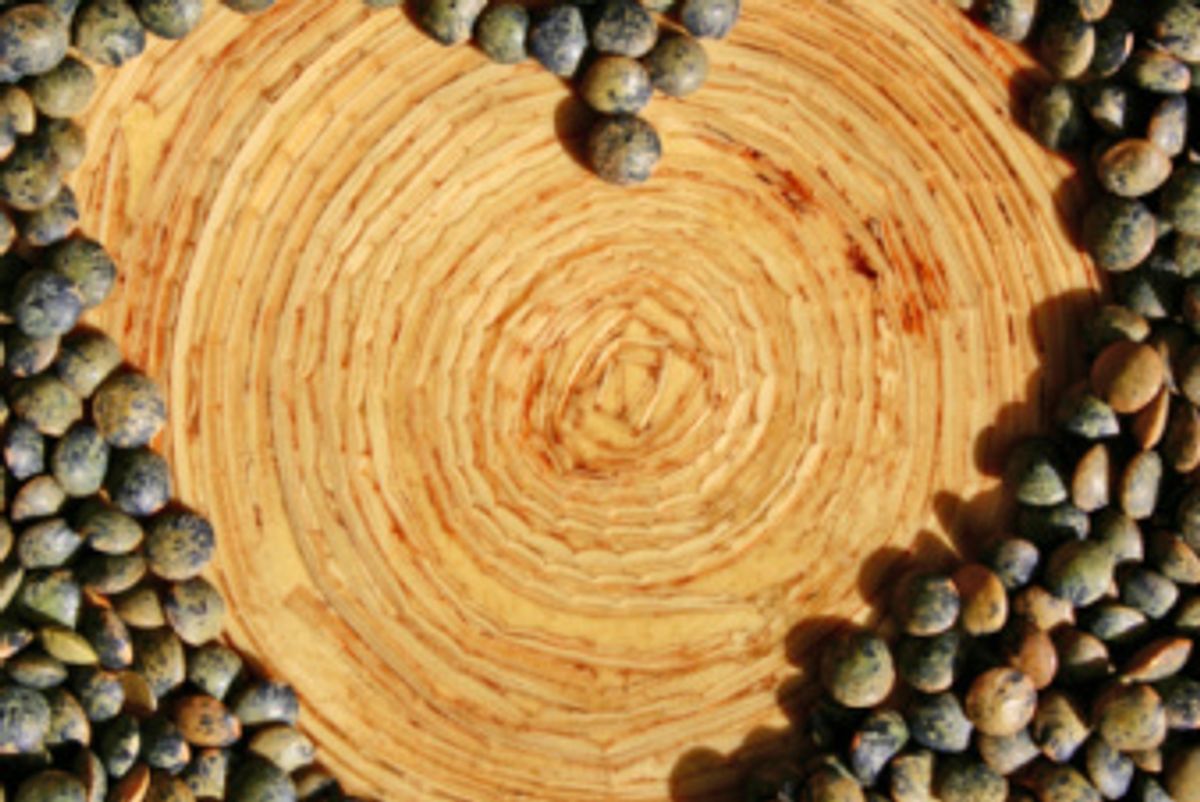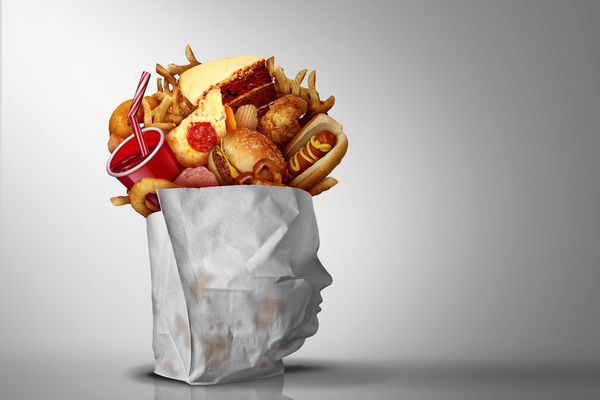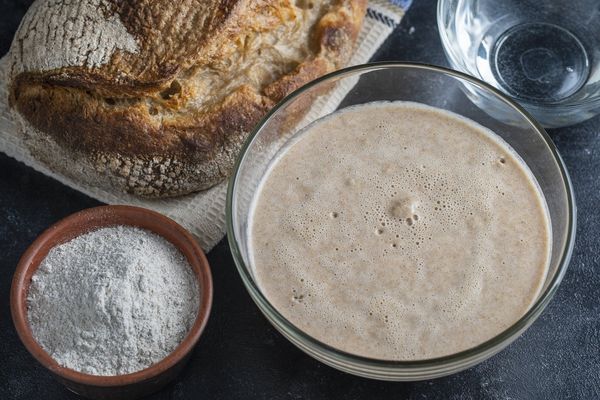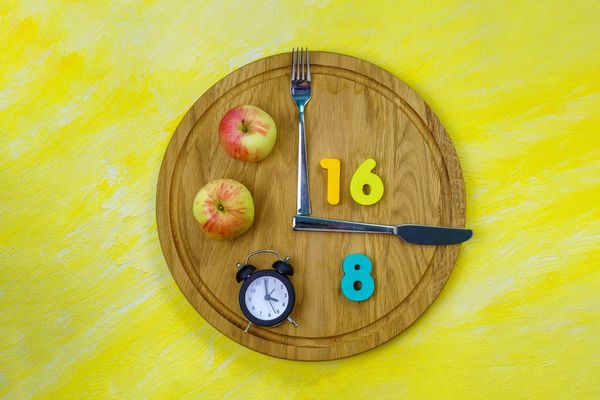The high-fiber bread I wrote about in a previous post is all the rage with my friends who are now devotees of the tasty and satisfying stuff. One friend (go, Marcy!) swears it's the reason she's lost almost 20 pounds. (It jump-started her weight loss strategy of eating smaller portions, in that it keeps her full for much longer). Now her husband and daughter are hooked on it, too. Another friend loves how it keeps her regular. And another one told me it made her aware of the fact that she was hardly getting any fiber into her diet.
Indeed. Most Americans are not getting enough fiber. But they're really missing out; it's practically a miracle worker. Look at all it can do:
- It can help lower your bad cholesterol (LDL) by hampering the absorption of dietary fat
- It may help control type-2 diabetes by slowing the absorption of sugar
- It helps keep you regular by speeding waste through your gut
- It can help in weight loss. High-fiber foods take longer to chew; your body has more time to realize it's full, so you'll be less likely to overeat. And fiber is more filling and keeps you feeling fuller for longer. High-fiber diets are also less "energy dense," meaning they have fewer calories for the same volume of food.
- It can lower your risk of developing hemorrhoids and also small pouches in your colon (diverticular disease) and in turn may help prevent other diseases of the colon. (The jury's out on fiber and colon cancer, but it certainly can't hurt.)
- It may help reduce blood pressure and inflammation, which contributes to a healthier heart.
Women 50 and younger should be consuming 25 grams of fiber a day; women 51 and older should be getting 21 grams per day, according the the National Academy of Sciences Institute of Medicine.
Convinced - but not sure how to get more into your diet? Read on.
- Scour the label. Look for "good sources" of fiber; products should contain about 3 grams of fiber per serving.
- Choose WHOLE grains. When grains are refined, the outer coat (bran) of the grain is stripped, lowering its valuable fiber content. That's why whole grains contain more fiber than refined grains. Look for "100 percent whole grain" or "100 percent whole wheat" products. Bring more of these into your diet: brown rice, wild rice, barley, whole wheat pasta and bulgur.
- Make it breakfast. Aim for 5 or more grams of fiber a serving. A cup of oatmeal has 4; top it with some unprocessed wheat bran or bran flakes and you get even more. Or look for a cereal that includes the words "bran" or "fiber."
- Snack on it. Raw carrots or celery, popcorn (watch your salt, though!), or hi-fiber crackers are all good fiber sources.
- Drink it. It's easy to blend up some fiber-rich fruits and veggies, like apple, banana and carrot chunks mixed with a bit of orange juice, low-fat yogurt or soy milk.
- Bake it. Ditch the white flour for whole-wheat flour, or use half of each. Try adding things like crushed bran cereal or flax seeds to cakes or muffins. Or top your chicken or fish with bread crumbs mixed with wheat germ or ground flax seeds.
- Don't skin it. The peels of veggies and fruits are packed with fiber. Leave the skin on your potato. And while the skin of a kiwi may not look like it's eater-friendly, it absolutely is. (Just make sure to scrub any skin well before you eat it.)
- Eat more beans, peas and lentils. They're fiber-rich and can be added to salads and soups.
This Matters> Women 50 and younger should be consuming 25 grams of fiber a day; women 51 and older should be getting 21 grams per day, according the National Academy of Sciences Institute of Medicine.
P.S. Caution: If you're planning on making the change, do it gradually. Your digestive system needs time to adjust (cramping and bloat are NO fun, after all).
More reading:







